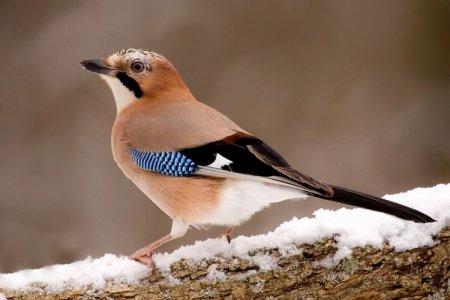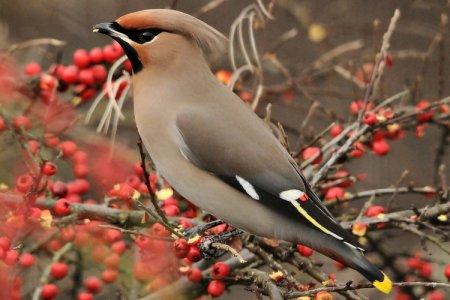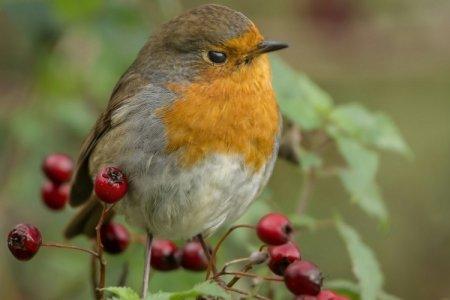
The very large butterfly with dark wings in red-orange stripes is the admiral. Every summer they fill meadows, forest edges and even cities, but until recently they were a real rarity. You probably meet the admiral regularly during the warmer months. And today we want to introduce you to him better!
general description
The name admiral appeared due to the similarity of red stripes on the wings with admiral stripes. But there is another version - "admirable" or "wonderful" from English. And the original Latin name is different - Vanessa Atlanta, in honor of the Greek hunter who lived in the forest and ran the fastest.
It is simply impossible to determine the admiral's population, because every year the number changes significantly. Butterflies do not live long and are highly influenced by external factors. In addition, the migratory lifestyle makes any possible calculations difficult. At the moment, in Russia, the admiral is excluded from the Red Book.

Appearance
Together with urticaria and lemongrass, the admiral belongs to the same nymphalid family. The forewings usually have several white spots of different sizes. The hindwings are completely black with a red border. Up close, you can easily see that this black is completely heterogeneous, but consists of many different shades flowing into each other.
The admiral is a medium-sized butterfly with a wingspan of up to 6.5 cm. The wings are almost triangular, but wavy along the outer edge. In some places, you can see small bluish blotches. Thanks to this coloring, the admiral with folded wings is almost impossible to notice on a tree or on the ground.
Antennae are black, but with white rings along their entire length. The proboscis is long and twisted when resting. The segmented legs consist of five parts, and the short front legs do not participate in the movement. The abdomen of the butterfly is brown, brown or black. Males and females differ little from each other.

Admiral butterfly species
Scientists identify only two main subspecies of the admiral butterfly, depending on the geography of their habitat. But other butterflies are often confused with them.
Red admiral
The same species widespread in our latitudes with orange-red stripes on brown, almost black wings. They inhabit the temperate climatic zone of Europe and Asia, and also North America.

White admiral
The stripes of this butterfly are white, and the base of the wings is coal black. Spectacular contrasting colors allow perfect camouflage from predators. The white admiral lives in the forests and is distinguished by the specifics of flight, when he alternates strong flapping of his wings with soaring.

Lifestyle
All features of behavior and lifestyle are directly related to constant migrations and a short life cycle. But we managed to systematize the information in a little more detail!
Habitat
The admiral butterfly is a very common species that is found almost everywhere. Whether it's Southern Europe, Central Asia, Siberia, Africa, New Zealand or Haiti, you will find these butterflies everywhere.

The diet
The admiral butterfly's diet is very diverse. This is the nectar of flowers, tree sap, rotting fruits and even bird droppings. Taste buds are located on the tips of the legs, so the butterfly just needs to stand on the food to taste it.

Migrations
Admiral butterflies are active migrants who spend most of their lives on the road. They travel thousands of kilometers in search of food and comfortable conditions for breeding. The admiral, who has just flown in from a long journey, is easily distinguished by his frayed wings.

Wintering
For the winter, the admiral butterflies also migrate. In general, they can hibernate, but they prefer to go to warmer regions - to the islands, to the north of America or to Africa.Before hibernation, they hide under the bark and all this time until spring they feed on accumulated fat deposits. Not all butterflies survive the winter.

Admiral butterfly propagation
Admirals have a courtship period, during which males conquer their territory and intercept flying females. They have to seek location for quite a long time, and in the process, butterflies are very vulnerable, because they almost do not react to external factors.
The female butterfly lays one egg in the leaves of the thistle, hop or nettle, and then dies. Caterpillars live in these folded leaves, and feed on them. The admiral's larvae are golden, the caterpillars are yellow, green, black or brown, without a strip on the back. But on the sides, yellow stripes can stretch.
Within a week, the caterpillar develops and forms its shelter. Then it grows for a long time, until about the end of summer, and only then a butterfly appears from the pupa. On average, the entire developmental cycle from egg to adult lasts about 2 months. The average life span of an admiral is about six months, so two generations can change in a calendar year.

Admirals in captivity
Surprisingly, admiral butterflies can be kept in captivity. To do this, you need to leave it from the caterpillar stage so that it better adapts to new conditions. You need an aquarium without water, but with fodder plants and a net on top.
There should always be fresh air and high humidity. You also need vertical branches so that the young butterfly can spread its wings. The diet consists of fruit juices, honey drinks and fruits.

Benefit and harm
There is practically no harm from the admiral's butterfly from the point of view of the economy. Adults are even useful because they participate in pollination of plants. But caterpillars can really eat leaves, especially in hop plantings.

Natural enemies
Dangers to the admiral's caterpillars are tahini flies and riders. In addition, there are parasites that develop in the pupae. Large dragonflies, grasshoppers and birds are dangerous for adults.

Admiral butterfly - photo
How can you doubt the beauty of a butterfly? We are sure not, and as proof we have prepared a large selection of photos!

























